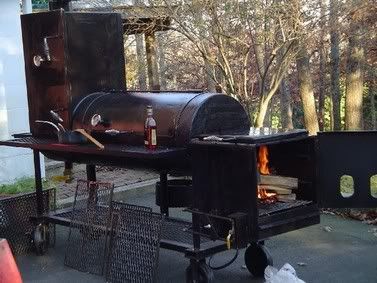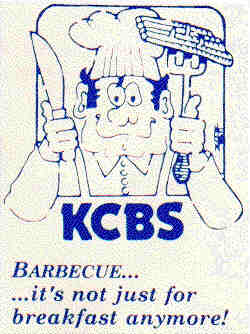Many people are starting to realize that
barbecue means different things to different people—especially true in different parts of the country. In the northeast, for instance, when people say barbecue, they usually mean cooking something over a high, direct heat from charcoal or gas, like burgers or hot dogs. In the south and Midwest, however, the term barbecue means tough cuts of meat, such as ribs or brisket cooked over a low heat, away from flames and, often, with the addition of wood smoke. Grilling is done at temperatures of approx. 400 degrees and up. Barbecue is done in the range of 200-275 degrees.
The word barbecue also refers to the device people use to cook on—i.e., ‘I’m throwing some steaks on the barbecue tonight.’ No, that doesn’t mean the steaks will be on top of the ribs, it means they’re cooking some steaks on their grill.
Regardless of whether you cook on a gas grill or over charcoal, the art of ‘traditional’ barbecueing is maintaining a steady, low temperature in the range described above. With a kettle-type charcoal grill, you will most likely want to start with about 15-40 briquettes (depending on the size of your grill) lit on fire
WITHOUT lighter fluid which
WILL leave a bad taste in food cooked for several hours. Avoid quick-lighting charcoal for this same reason. Use a
charcoal chimney or some other non-toxic starter. Use an oven thermometer on the cooking surface or even better, a
remote probe-type or candy thermometer that allows you to check the temperature without lifting the lid and losing heat. Add more coals if you can’t get a high enough temperature, or use tongs to
SAFELY remove coals if you can’t lower the temperature enough.
On a kettle, control the temperature using the bottom vents and keep the top vents open all the way. More air means higher heat, less air will cool things. To cook indirect, bank the coals to one side and place the meat on the opposite side of the cooker. Use a disposable pan with some water beneath the meat to catch drippings. You can also place the pan in the center and make two piles of coals on either side. Either way, the goal is to NOT cook the meat over direct heat. You can see a picture of this in
Firewalk with Me Pt. 1.
If you own
a smoker designed for barbecue, it most likely will have a firebox attached to the main chamber. This is called offset cooking. The fire is built in the side box and the heat and smoke are carried into the main chamber where the meat is located for cooking (see image below). The principles are the same, the smokestack is your exhaust which should always be kept wide open, and temperatures are controlled by adjusting the amount of air that you allow into the fire. These cookers are designed to burn wood logs, but also work extremely well with a base of charcoal for heat and some wood added for flavor.
 To obtain a smoke flavor from wood, add wood chips or chunks (preferred) to the fire. Chips burn away quickly and many people soak them for half-an-hour before adding them. Some do not. This is a judgment call and a matter of taste. Chunks or chips can be tightly wrapped in foil to slow their rate of combustion. Poke a few holes in the top to allow smoke to escape. On a gas grill, place them beside the burner, with charcoal; add them on top of the coals.
To obtain a smoke flavor from wood, add wood chips or chunks (preferred) to the fire. Chips burn away quickly and many people soak them for half-an-hour before adding them. Some do not. This is a judgment call and a matter of taste. Chunks or chips can be tightly wrapped in foil to slow their rate of combustion. Poke a few holes in the top to allow smoke to escape. On a gas grill, place them beside the burner, with charcoal; add them on top of the coals.
It doesn’t take much to add a lot of flavor, so resist the urge to load up. Start out with one or two pieces, add one more halfway through. When you are done, if the flavor is too mild for you, you will know to add more the next time. Always make small adjustments, it is quite easy to go from pleasant and mild, to bitter and sooty. Too little smoke is much more palatable than too much. Even the dog won’t like too much. Different woods have different flavors/degrees of smoke, experiment to find your favorites.
Here’s a guide to some wood flavors
Next up: Let’s Get Sauced!
Part one of the how-to is here:
Firewalk with Me Pt. 1Happy Fourth of July!!!
Read more!
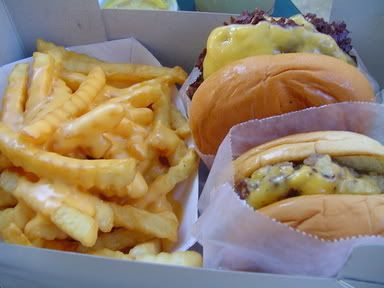
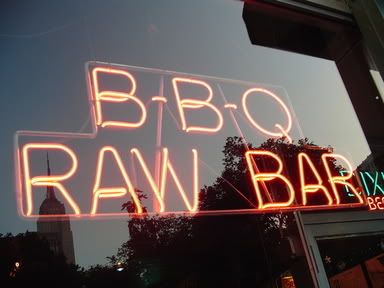

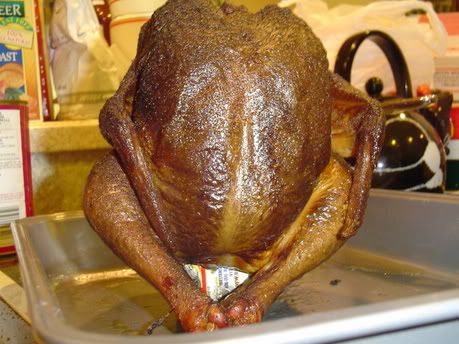
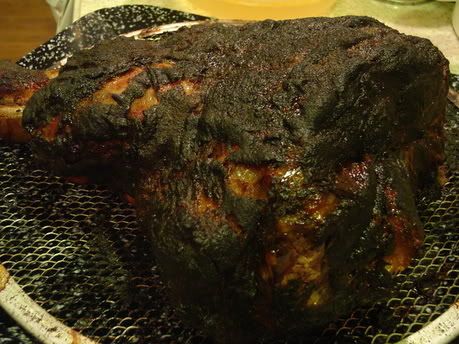

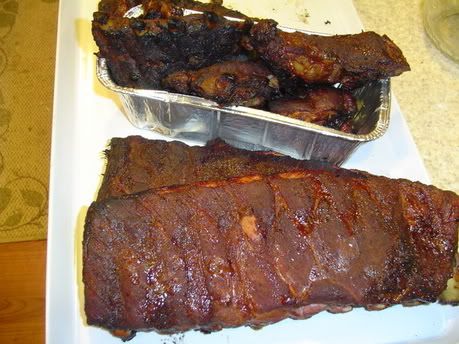
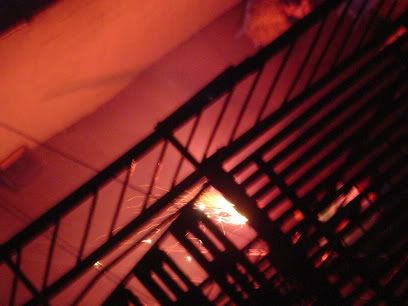

 To obtain a smoke flavor from wood, add
To obtain a smoke flavor from wood, add 